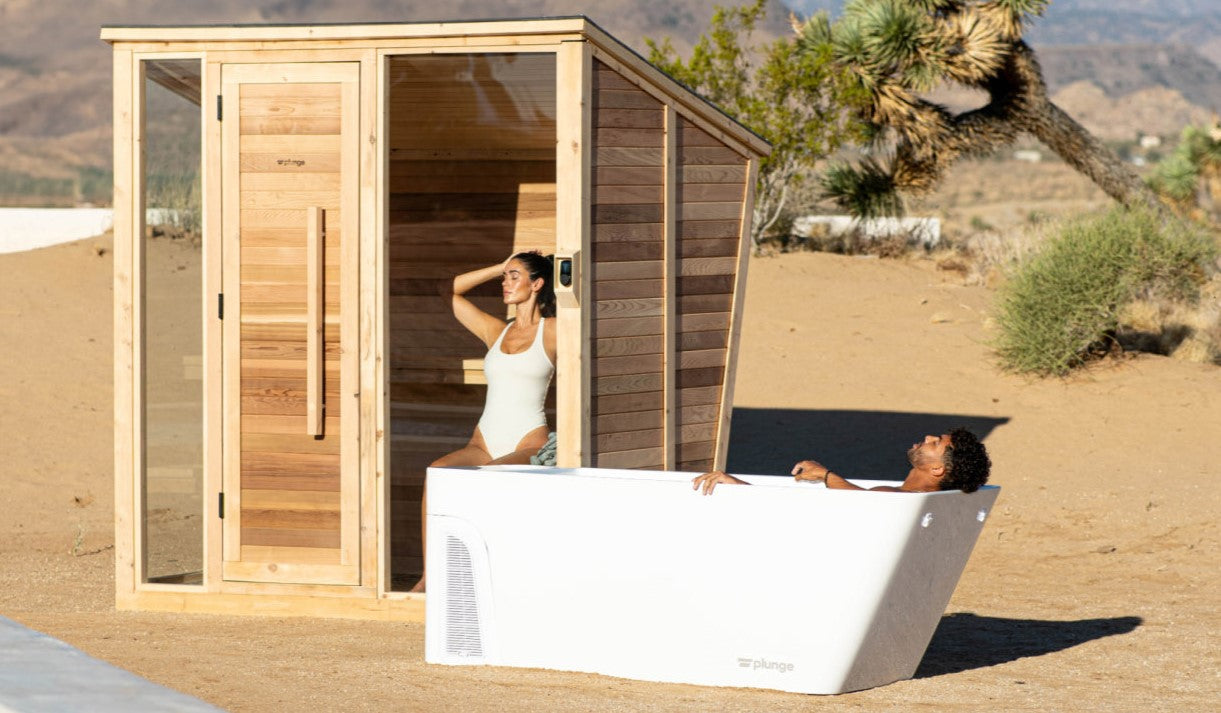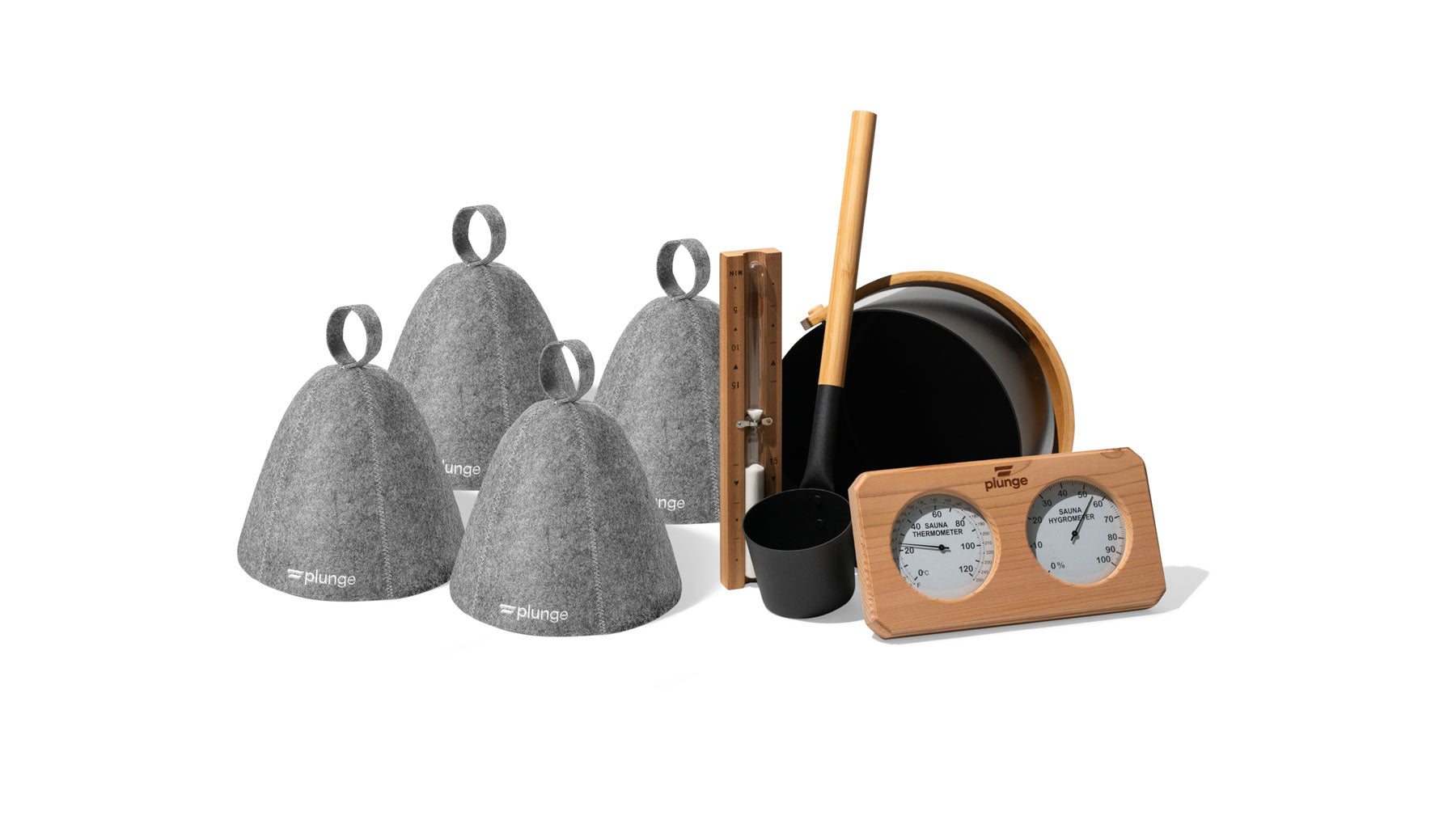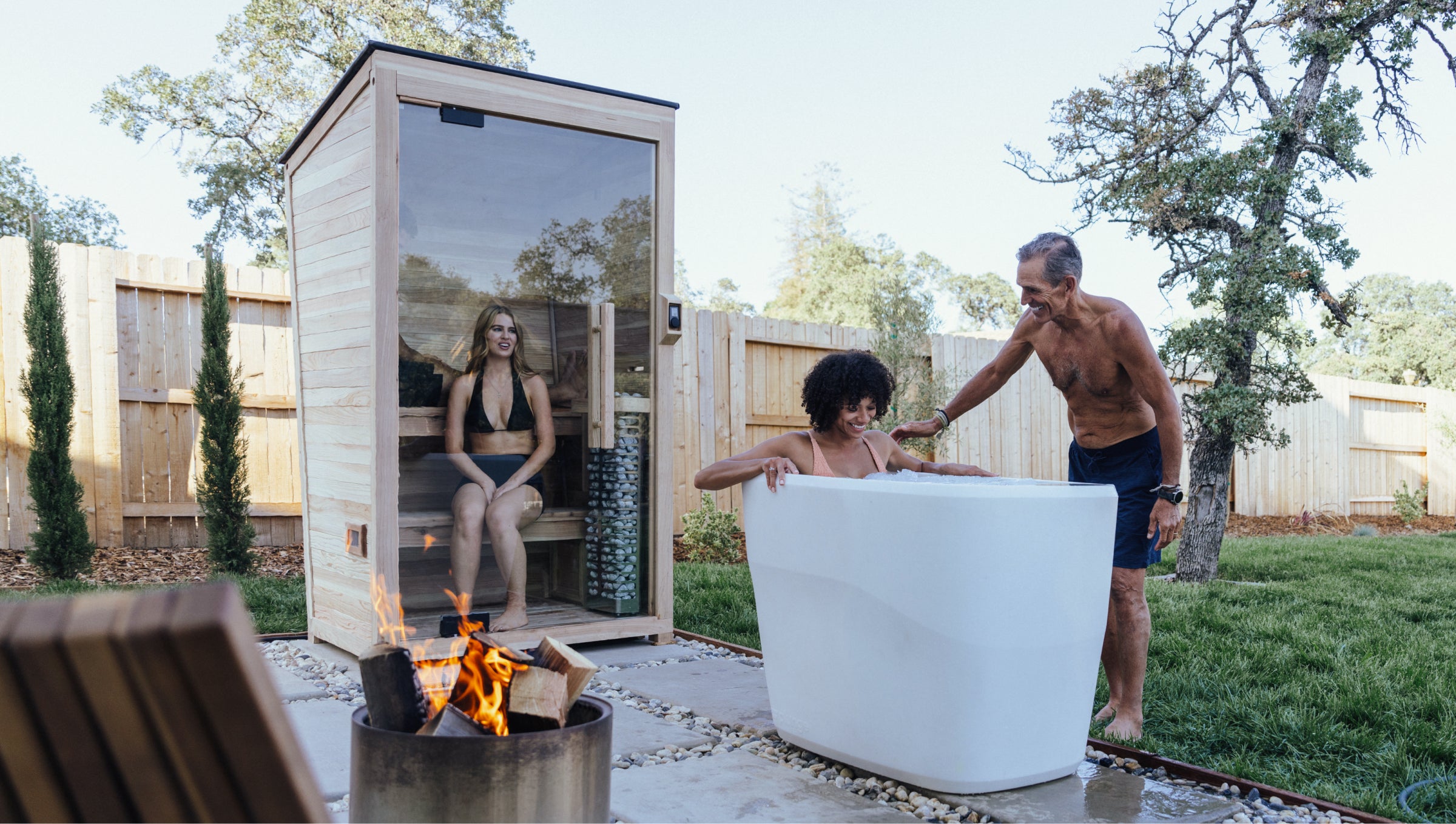
When to Use Ice vs. Heat: Contrast Therapy for Natural Pain Relief
Wondering when to use ice vs. heat for natural pain relief? You may be desperate to lessen the amount of medication you take for back pain or simply want a straightforward way to manage symptoms. Our guide discusses what you need to know when it comes to heat or ice for pain. And, we’ve compiled information about an alternating natural therapy that may give you longer-lasting results.
Using Heat vs. Cold for Natural Pain Relief
We experience pain when our nervous systems interpret certain signals to mean that the body is injured. When experiencing stimuli like pinches, pressure, chemicals, or intense heat, neurotransmitters are released from pain receptors in the injured area. They move through the spinal cord and the central nervous system until they reach the brain’s hypothalamus. This part of the brain analyzes the data and sends a response back down the spinal cord in a matter of milliseconds, giving the body the information it needs to react.
Acute pain is typically short-term and often related to an injury that can occur anywhere on the body. Chronic pain can exist far longer, often in the joints or spine. It can develop from poorly healed injuries or health complications. Other kinds of pain can be either acute or chronic and include:
- Inflammatory pain: discomfort caused by the body’s immune response to injury or overexertion anywhere in the body, including organ systems.
- Neuropathic pain: pressure, burning, or shooting caused by nerve damage. Some nerve pain is specific to diabetes and affects appendages.
- Radicular pain: deep pain and numbness that happens when the spinal nerve experiences inflammation or compression.
- Psychogenic pain: troubling sensations and/or real pain anywhere in the body that is affected by mental factors like anxiety or Post Traumatic Stress Disorder (PTSD).
- Nociceptive pain: aching pain from tissue damage, which is often the same as acute pain.
If you’re experiencing anything from muscle pain to joint pain, seeking a natural pain relief route can feel overwhelming. But you’re not alone - and heat or ice treatment is the perfect place to start.
How Does Ice Help Pain?
Ice helps with pain by decreasing skin and muscle temperature and reducing blood flow. It numbs nerve endings so that neurotransmitters cannot complete their messaging to the brain. In turn, this can reduce inflammation and uncomfortable swelling.
Ice can also be immunostimulating, which means that it can boost your immune system responses and, in general, possibly avoid pain in the future. As such, it’s one of the most common natural remedies for pain.
You might use ice packs or ice wraps for a broken ankle or a cold compress to relieve gout symptoms. Other options include cold baths, cold showers, and cooling creams, sprays, and gels. Cooling off the body, especially during ice baths, can help you experience many of the benefits of cold therapy, including:
- Flushed lactic acid and other waste products that cause swelling.
- Decreased physical process and metabolic activity that speeds the healing process.
- Boosted neurotransmitters called norepinephrine and endorphins, which can improve mood and focus while lowering stress and desensitizing your perception of pain.
- Reduced soreness in muscles.
How Does Heat Help Pain?
When it comes to heat vs cold for pain, heat does the opposite of ice. Rather than decreasing the temperature of skin and muscle, heat increases it. It triggers vasodilation, which is when our blood vessels enlarge. Increased circulation ensures more oxygen and nutrients travel to the painful area. In turn, lactic acid and other waste can also be removed.
These processes lessen and eliminate pain because they promote healing, regulate muscle growth, and moderate stress at the cellular level. Capsaicin, a component of chili peppers, can help you soothe shingles pain or arthritis pain.
You might use a heating pad to soothe a migraine or a hot tub to ease aching, chronic low back pain. Accessing dry heat is one of the best health benefits of saunas, too. They can force you to sweat out toxins and impurities, along with muscle recovery and growth. Thus, through heat therapy, you may experience:
- Speedy muscle repair, which leads to less pain and improved endurance that can help you avoid further injury.
- Increased elasticity through possible collagen extensibility, reduction of muscle viscosity, and increased blood flow in the muscles.
A boost in beta- endorphins and Brain-Derived Neurotrophic Factor (BDNF), which may reduce pain transmission.
So, When to Use Ice vs. Heat for Pain?
Choosing heat or ice for pain can be confusing. In general, cold is better for acute injuries soon after they happen, where swelling and inflammation are extra prevalent. Heat is better for relaxing chronic pain and relieving stiffness and tension.
When to Use Ice for Natural Pain Relief
- Use ice for ligament sprains or tears immediately following the injury.
- Apply ice to your foot for plantar fasciitis relief during flare-ups.
- Jump in an ice bath to soothe sore areas following intense workouts.
When to Use Heat for Natural Pain Relief
- Relax in a hot sauna for relief from chronic conditions like ankylosing spondylitis, fibromyalgia, and rheumatoid arthritis.
- Use heating pads or gels for delayed onset muscle soreness (DOMS) and other post-workout soreness.
- Use warm baths, showers, steam rooms, or hot tubs if your pain requires moist heat rather than dry heat.
Why Not Both? How to Alternate Heat and Ice for Pain
You may not need to always choose between ice or heat for pain. Rather, they can be used together for the best possible results via contrast therapy.
Contrast therapy is the practice of alternating the cooling and heating of the body to take advantage of the significant benefits of both. You might do this by first icing for knee pain and then heating the area after the swelling recedes. You could use heat for chronic pain in the morning and ice any complications at night. You can also maximize your contrast therapy by practicing sauna and cold plunge.
Some steps and tips for doing contrast therapy for pain relief include:
- Choose whether to begin with heat or ice by weighing wellness goals, pre-existing conditions, and your personal preferences.
- Schedule two to three days a week for contrast therapy. Daily use is also recommended.
- Don't overuse either the sauna or your cold plunge. Instead, alternate 12 to 15 minutes in the sauna with five minutes or less in the plunge.
- Stay hydrated while you practice contrast therapy with a water bottle nearby.
- Keep your sauna and cold plunge close together.
- Aim for two to three cycles, and end with a cold plunge.
In a cold plunge, your blood vessels contract, and your neurotransmitters are numbed. When you enter the sauna, your blood vessels expand, boosting circulation and pushing nutrients to painful areas. This can lead to faster muscle repair and can even train your interpretation of discomfort and flight or flight responses to pain.
Find Natural Pain Relief Through the Benefits of Contrast Therapy
When to use ice vs. heat is daunting. But luckily, you may have already found the natural solution you need to relieve pain. Use cold therapies and ice baths for inflammation, especially following an acute injury. Use heat therapies like saunas for chronic pain, stiffness, and sore muscles. Pair them using contrast therapy to experience the full benefits of both.
You’re more likely to experience the best results when regularly using contrast therapy. This can be tricky if you’re traveling from a gym sauna to an icy plunge in the training room. Having your own sauna and cold plunge near each other at home is not only convenient but also private and far more relaxing.
Our Sauna and Plunge come with financing and personalization options so that you can begin the contrast therapy you need for natural pain relief. We also offer simple setup and affordable options, like our Pop-Up Ice Bath. Learn more about our Sauna and Plunge and begin treating acute and chronic pain in your own backyard!
























